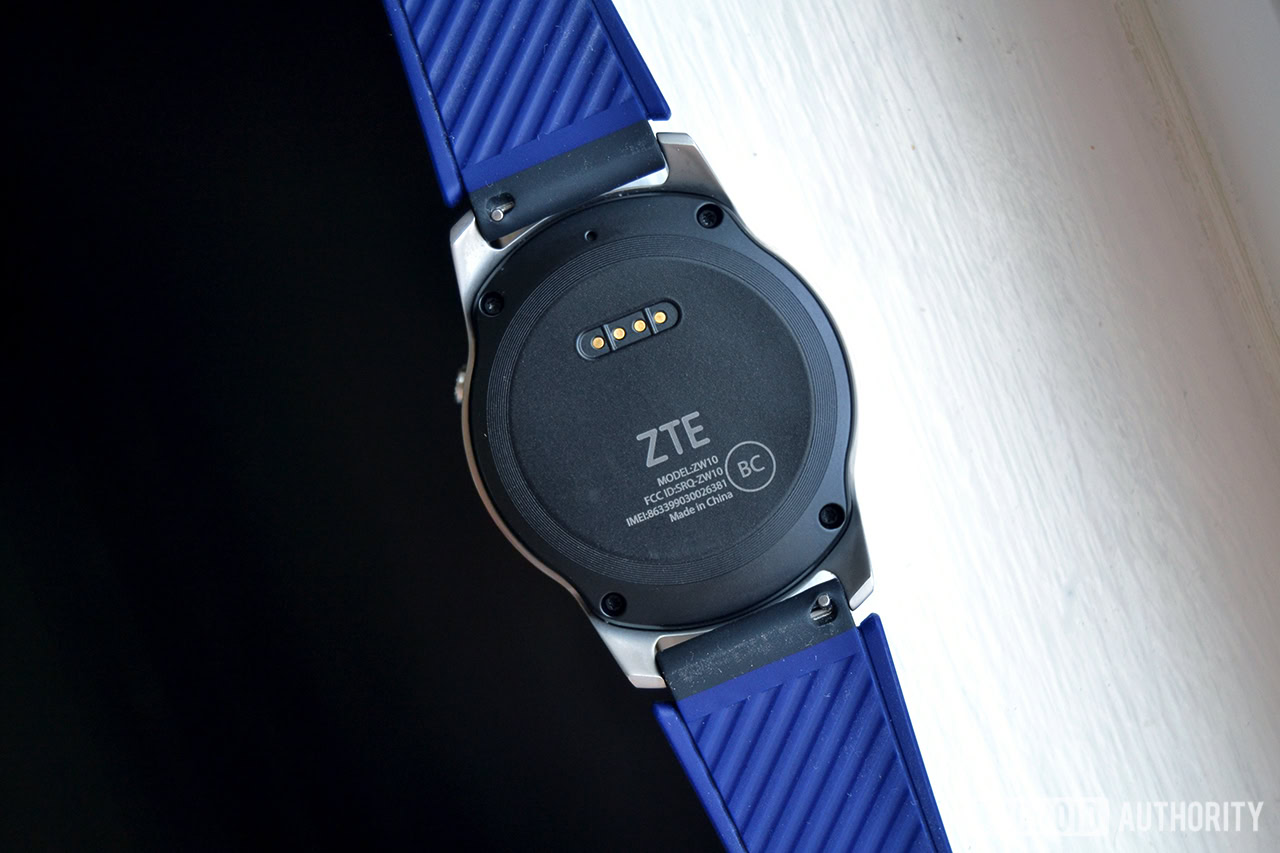Affiliate links on Android Authority may earn us a commission. Learn more.
ZTE partners with Qualcomm and Wearsafe on personal security wearables
Updated on January 9, 2018

ZTE, Qualcomm, and Wearsafe announced a new partnership designed to bring personal security tracking to wearables devices. The partnership, announced at at CES 2018, will see ZTE designing and building security focused-wearables based on Qualcomm’s existing Snapdragon Wear 1100 platform, combined with personal security software provided by Wearsafe.
Personal emergency response systems (PERS) are sometimes also called medical alarms or medical alerts. These devices are wireless transmitters that track a wearer’s GPS location and provide that information to the receiving party — first responders, monitoring companies, or family, to name a few — over a cellular network when the emergency button is triggered.
Historically these have be housed in bulky form factors and rather unattractive and un-ergonomic designs. Moving this technology into more familiar and more discrete products is a much-needed switch, and Qualcomm’s Snapdragon Wear 1100 platform provides all the necessary hardware in a compact package.
By combining ZTE’s best-in-class wireless hardware with Wearsafe’s leading software platform, we are now able to provide an unsurpassed end-to-end personal safety solution to our wireless carrier customers and their subscribers.David Benoit, CEO and Co-founder of Wearsafe Labs
ZTE notes the Wear 1100 platform packs in everything needed to meet the requirements of existing and next-generation PERS devices. This includes low power features such as Power Save Mode (PSM), a compact chip package, and LTE Category 1 modem with global band support. That might seem slow by today’s mobile device standards, but it’s all that’s required for lower power, smaller data IoT type devices like this.
Wearsafe comes into the equation by providing a cloud-based service beyond the traditional location information and alerts. Users are also able to store longer term location information, audio taken at the time of alarms, and even how fast a user was traveling, in order to provide greater contextual information to the concerned third party.
In a nutshell, this new relationship enables ZTE to package Wearsafe’s mPERS software into mobile devices powered by Qualcomm’s wearables platform. There were no products announced with the partnership, but we should hear more details later in 2018.